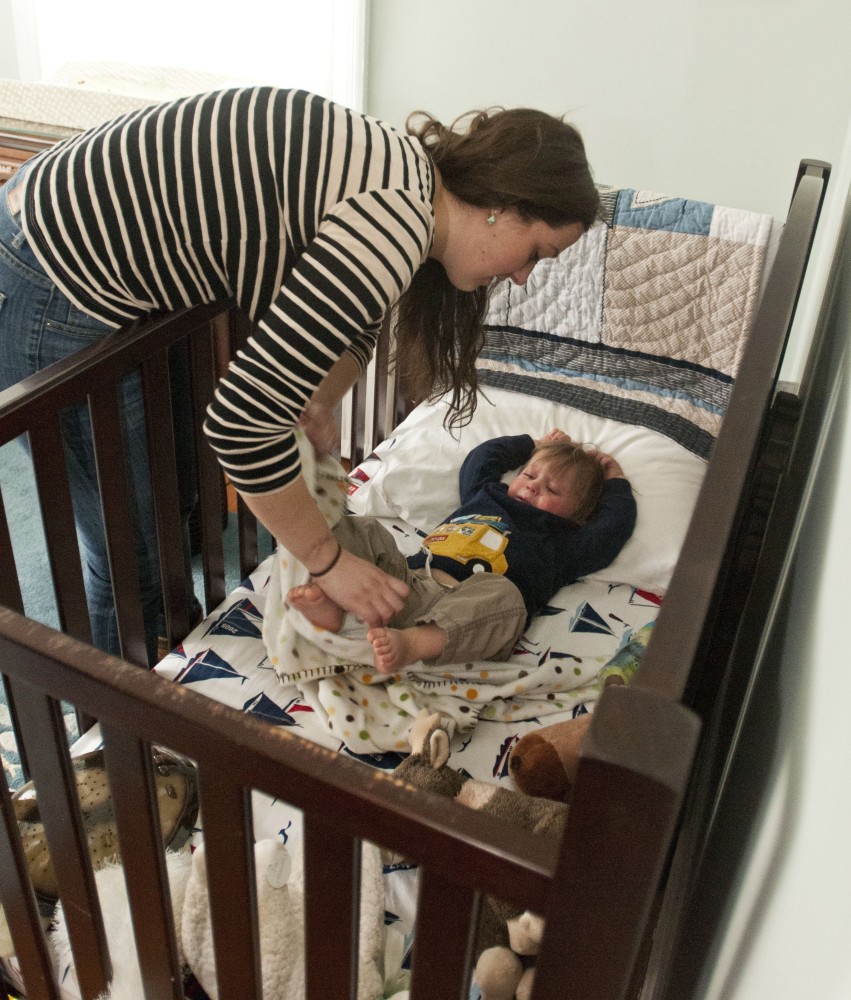By Diane Stafford
The Kansas City Star
WWR Article Summary (tl;dr) Since 1993, the federal Family and Medical Leave Act has provided, in general, up to 12 weeks of unpaid leave for employees. A crucial FMLA benefit includes job protection so that a user can’t be fired for taking the leave. But the drawback is that FMLA leave isn’t truly a benefit if a worker can’t afford to take it. And many can’t. The UNPAID part is an important distinction.
The Kansas City Star
The big Swedish retailer Ikea earned headlines this month by announcing up to four months of paid leave for its U.S. workers, male or female, salaried or hourly, who become parents whether through birth, adoption or fostering.
Effective Jan. 1, Ikea vaults high in attractiveness to workers in that demographic niche. Its benefits package, superior to most U.S. competitors, puts the retailer on par with many blue-chip companies that are striving to be best-in-class in recruitment and retention.
Ikea’s benefit gives workers with three or more years of tenure a family leave payment equal to 100 percent of their base wages for the first eight weeks and 50 percent for the next eight weeks. And it’s in addition to the existing six to eight weeks of short-term disability benefits available to all Ikea employees regardless of tenure.
The benefits uptick dovetails with a small but emerging trend among talent-hungry U.S. employers such as Facebook, Twitter, Spotify, Microsoft and major accounting firms that have boosted their paid leave offers. Netflix even extended its family leave to as much time as a new parent needs in the first year.
But the U.S. Department of Labor estimates that only 12 percent of private-sector U.S. workers have access to such paid family leave.
The paid part is an important distinction. The federal Family and Medical Leave Act since 1993 has provided, in general, up to 12 weeks of unpaid leave for employees with at least a one-year tenure in companies that employ at least 50 workers.
A crucial FMLA benefit includes job protection so that a user can’t be fired for taking the leave. But the drawback is that FMLA leave isn’t truly a benefit if a worker can’t afford to take it. And many can’t.
There is no federal paid leave requirement for U.S. companies, so the practice is left to individual corporate decision-making. Some changes are motivated by globalization. In Sweden, for example, Ikea’s workers are entitled, by law, to up to 480 days of paid family leave.
Other changes give a nod to benefits for society as much as for individual workers.
“Our research shows that, among other things, paid family leave can reduce the percentage of those who receive public assistance or food stamps in the year following a child’s birth, encourage women to stay in the workforce, and allow fathers to take a more active role in caretaking,” said Wendy Doyle, CEO of the Women’s Foundation in Kansas City, Mo.
But in the workplace trenches, as with FMLA leave, there’s indication that even paid family leave won’t be used to full advantage. A national Deloitte survey found more than a third of eligible men said they wouldn’t use their benefits because they were afraid of jeopardizing their positions at work.
Fears of that stigma among men and women alike may ease as more companies offer paid family leaves. And some states, California, New Jersey, Rhode Island and New York, have passed guaranteed paid leave laws, as have some cities. It’s a trend with traction.














































































































































































































































































































































































